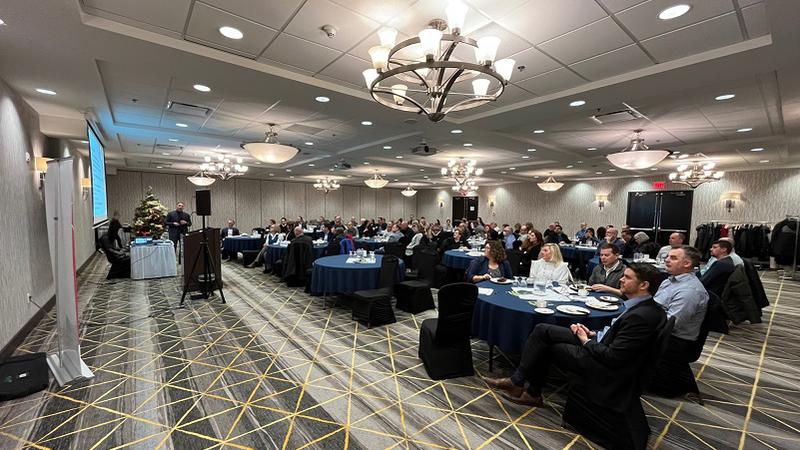
RDP president shares vision for future with Red Deer Chamber members
The president of Red Deer Polytechnic (RDP) shared his emerging vision for the future with members of the Red Deer and District Chamber of Commerce Monday, alluding to how the institution and local business community can work together in playing key roles for the region’s economic prosperity moving forward.
Stuart Cullum says Red Deer Polytechnic has an important role to play supporting industry and the companies of the Chamber in their labour, productivity, and agility challenges.
“So I talked about how we can address that through education training through our international programming which has grown significantly over the last year,” explains Cullum. “But as well as through establishing innovation ecosystems or environments for applied research and where companies can come and get their problems solved. But also, environments that create opportunities for training and education of that next generation of talent so that we can provide what our companies need in this region in terms of the skills, competencies and the talent that’s needed for them to be successful.”
Cullum highlighted the need for additional labour throughout central Alberta, in addition to skilled talent.


